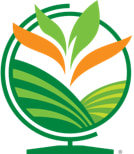Mushrooms 101: Putting the Fun in Fungus!
Did you know that mushrooms are not technically plants, but are fungi? Here's everything you need to know about them!
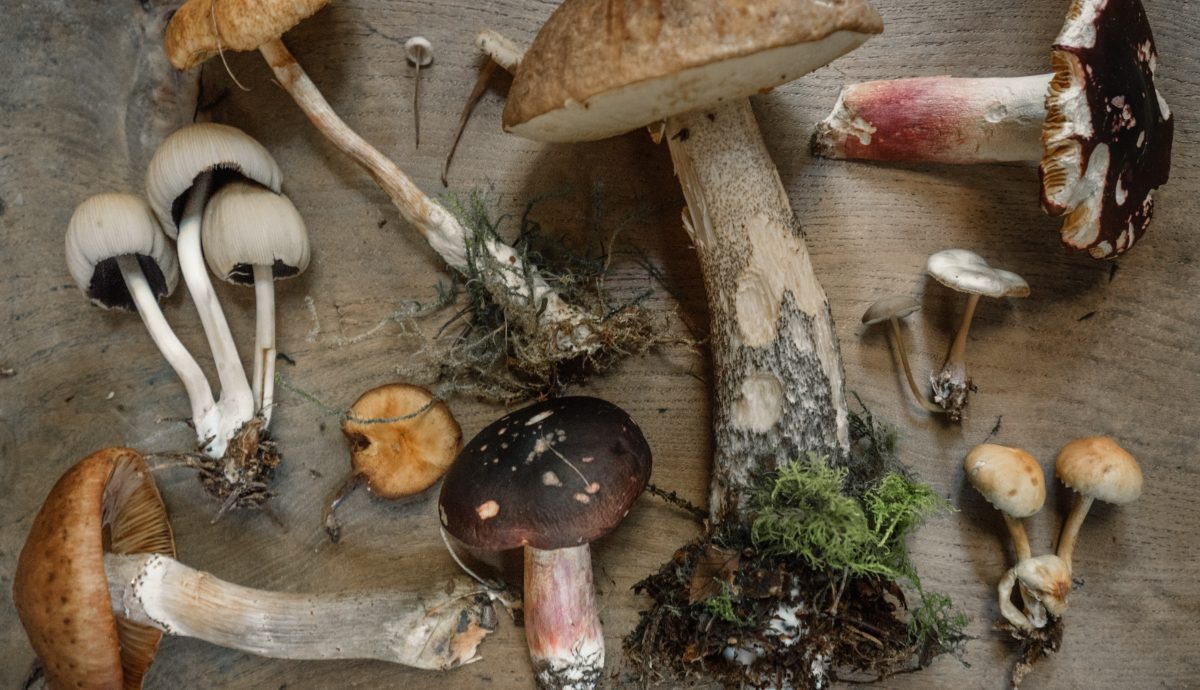
Did you know that mushrooms are not technically plants, but are fungi?
Fungi are classified as their own kingdom that are separate from plants or animals. Even though mushrooms are usually part of the vegetable group when buying them from stores or ordering them from restaurants, they are not a vegetable based on their cellular organization and composition.
Mushrooms are grown and harvested all year long. The most popular variety grown in the U.S. are white button. Other widely harvested varieties are crimini (brown or baby bellas), portabellas, enoki, oyster, maitake and shiitake.
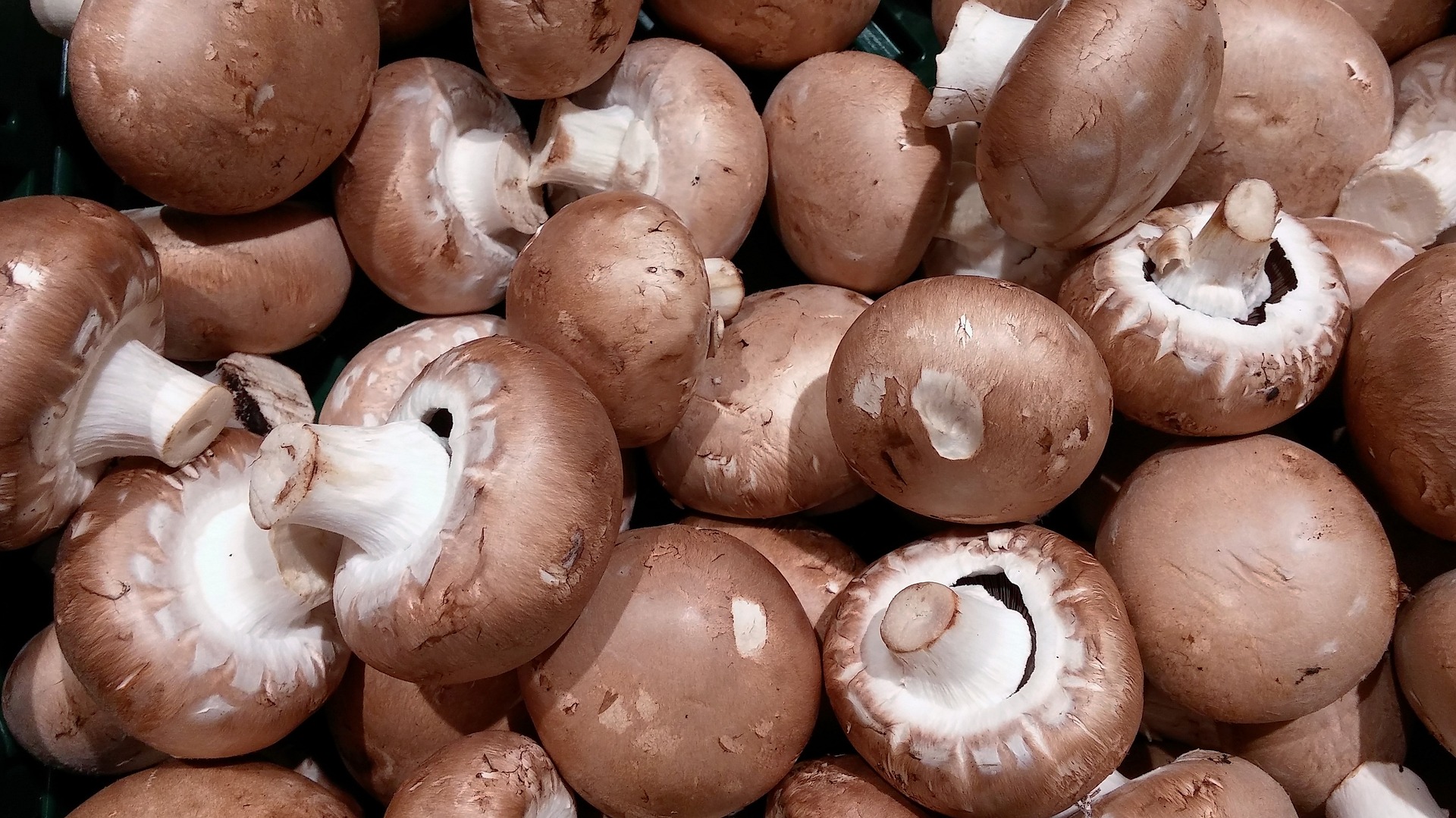
Did you know that number one grower of mushrooms in the U.S. is Pennsylvania?
Even though mushrooms are grown in nearly every state, Pennsylvania accounts for approximately 60 percent of total U.S. mushroom production. That’s a lot of fungi!
Mushrooms are nutritious and healthy to eat! All mushrooms are high in vitamin D. They are also fat-free, low-calorie, nutrient-dense, low in sodium and contain natural antioxidants. Talk about a yummy treat!
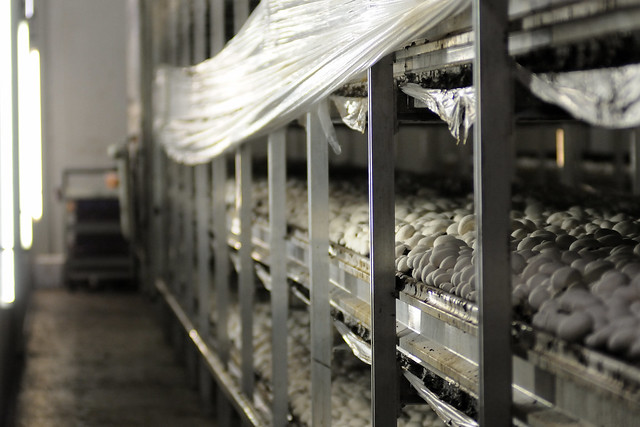
How do mushrooms grow?
The mushrooms we eat grow indoors, they don’t even need light to grow and they double in size every day! Wow!
Growing mushrooms begins with substrate (an underlying substance or layer) that is made up of nutritional material to serve as a growth base for mushrooms.
Next is spawning, mushroom spawn is used by mushroom growers and is like how seeds are used by farmers and gardeners.
Then the mixture is transferred to several hundred beds or trays in a process called bedding.
Next comes casing and pinning; a casing is spread over the mushroom bed to hold in moisture. It is followed by pinning, where “pins” of mushrooms push up through the casing.
Finally comes the harvesting! Mushrooms are harvested by hand throughout a 16-35-day cycle.
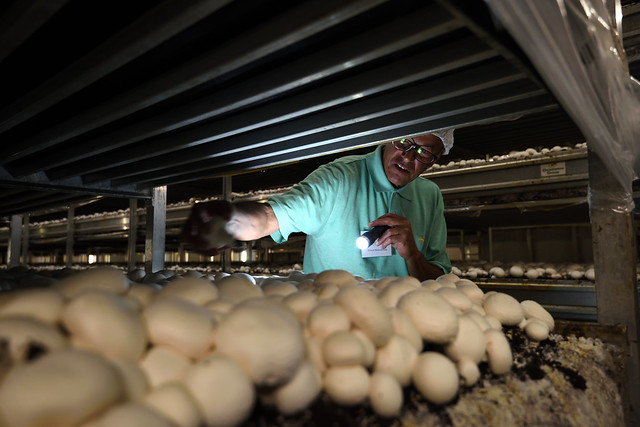
Sustainable shrooms!
Mushrooms grow in a small space; 1 acre can grow and harvest 1 million mushrooms annually!
It’s amazing that mushrooms grow in beds of composted agricultural materials, but mushroom compost (substrate), the soil-like material remaining after a crop of mushrooms, is high in organic matter and can be used as a soil amendment, soil conditioner or even potting soil!
“Mushroom Compost”, is rich in organic matter and has high value for conifer tree production, turf grass managers and landscape contractors. Mushroom Compost can also be used for runoff mediation and river bank buffer projects, green roofs, certain wood-decaying fungus suppression, evergreen farms, athletic fields, and landfill caps for establishing vegetation.
Aren’t mushrooms magical?!
Want to learn about other foods grow? Check out our 7 Things That Grow...How? post!
Sources:
https://www.mushroomcouncil.com/how-mushrooms-grow/
https://www.mushroomcouncil.com/mushroom-sustainability/
https://www.americanmushroom.org/consumers/mushroom-compost/

